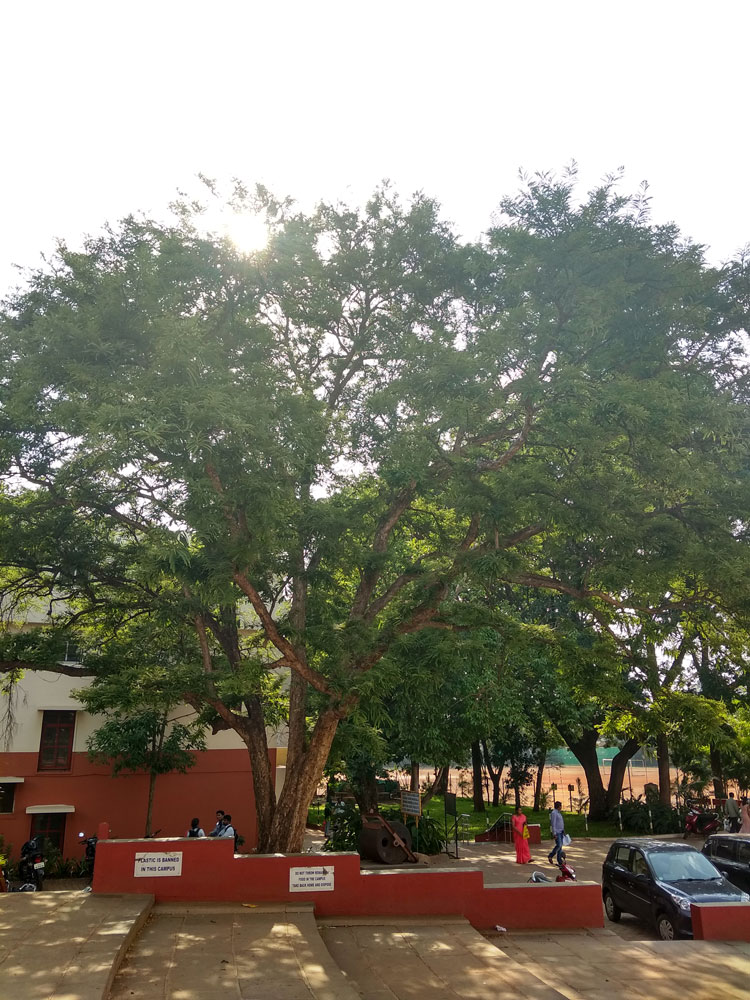Amla - Indian Gooseberry Tree

Phyllanthus emblica
Summary
Scientific Classification
Kingdom: Plantae
Division: Magnoliophyta
Class: Magnoliopsida
Order: Malpighiales
Family: Phyllanthaceae
Genus: Phyllanthus
Species: P.emblica
Scientific Name: Phyllanthus emblica L.
Common Names:
English: Indian gooseberry, Amla.
Hindi: Aonla.
Kannada: Betta nelli.
Marathi: Amla.
Description:
- Habit & Habitat: A small to medium size deciduous tree, reaching about 8 to 18 m in height, with a crooked trunk and spreading branches.Phyllanthus emblica is found in dry deciduous and open forests from the coastal plains up to 2000 m in the hills.
- Distribution: Phyllanthus emblica is indigenous to a large area ranging from Nepal, India and Sri Lanka, throughout South-East Asia to southern China.
- Morphology:
Leaf: Small, distichous, linear, obtuse, appear like pinnate leaves, stipule ovate, acute.
Inflorescence: Axillary inflorescence.
Flower: Greenish-yellow, in axillary fascicles, on leaf-bearing branches, often on the naked portion below the leaves, with fimbriate bracts at base. Male flowers many on short, slender pedicels, sepals 6, oblong. Female flowers few, sub sessile, sepals 6, disk cup-like.
Androecium: stamen 3, polyandrous, anther connate.
Gynoecium: ovary superior, 2 celled, ovule 2 in each cell, style 3 broadly fimbricate, recurved stigmatic ferrous.
Fruit: Drupaceous, globose, indehiscent, pale green, epicarp fleshy, endocarp hard, crustaceous.
Flowering & Fruiting season: From February to April.
Seed: 3-6 obovate, triangular seeds in each cell. - Propagation: Through seeds.
- Importance:
The fruits have great medicinal properties and is one of the richest sources of Vitamin C. It is also used together with Harde and Behda for making the famous Trifala churan. Used in inks, shampoos and hair oil and also serves as moderant for fixing dyes in fabrics. The bark, fruit and leaves contain tannin and are used for tanning leather. - Location: Botanical Garden and Office.
 Trees of GSS Project supported by Makerspace Belgaum Website concept and designe by
Trees of GSS Project supported by Makerspace Belgaum Website concept and designe by